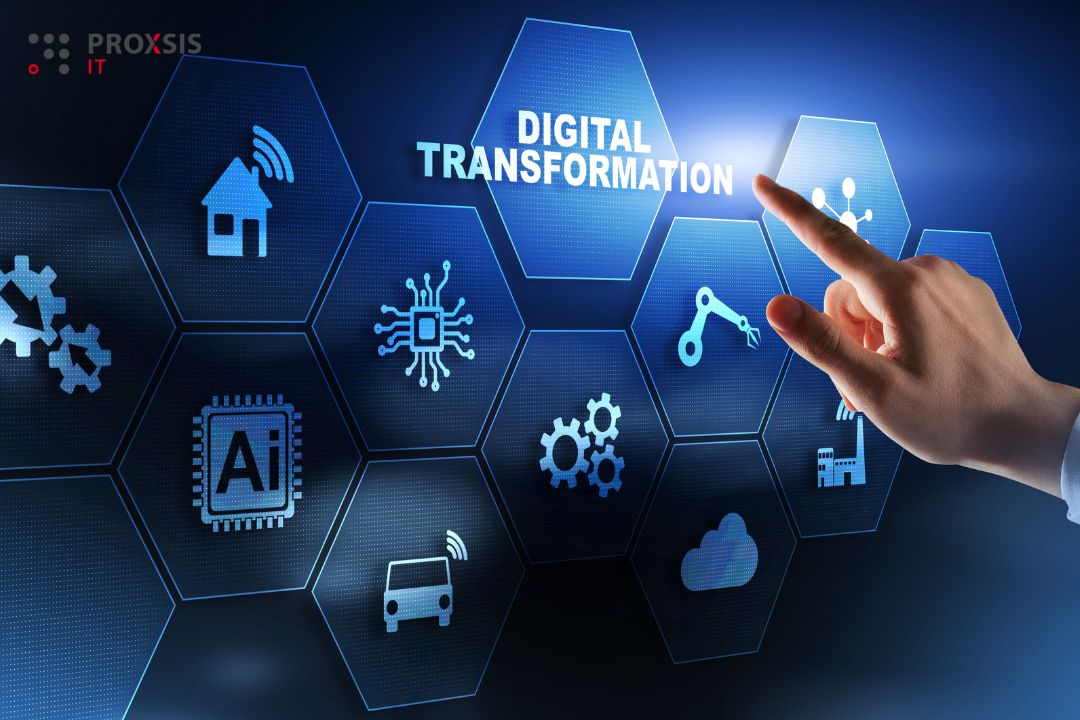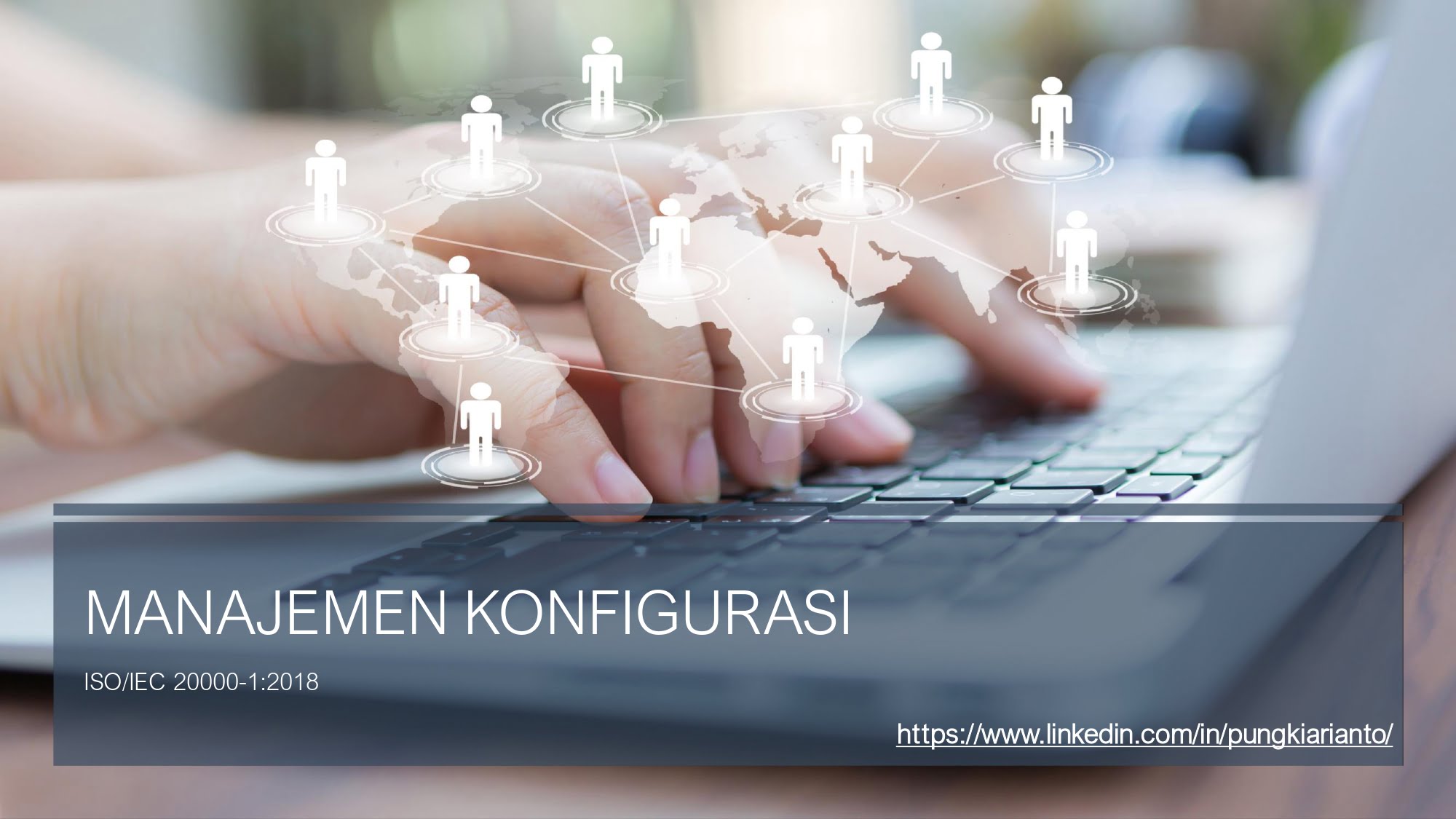
6 Cara ISO/IEC 20000-1:2018 Menjadi Solusi: Pertemukan Efisiensi Layanan dan Lingkungan
ISO/IEC 20000-1:2018 merupakan standar yang memuat persyaratan bagi organisasi untuk menetapkan, menerapkan, memelihara, dan terus meningkatkan sistem manajemen
Data protection is a critical aspect of information security, especially in the digital age where vast amounts of personal and sensitive data are constantly being processed and stored.
ISMS (Information Security Management System) and PIMS (Privacy Information Management System) are both frameworks designed to manage and protect sensitive information within an organization. While they share some similarities in their objectives and principles, they primarily differ in their focus and scope. Here are the key similarities and differences between ISMS and PIMS:
Both ISMS and PIMS aim to protect data from unauthorized access, disclosure, alteration, and destruction. They recognize the importance of safeguarding information assets
Both frameworks incorporate risk management principles to identify, assess, and mitigate risks associated with information security and data privacy. They involve risk assessments to determine the most significant threats and vulnerabilities.
Both ISMS and PIMS often require organizations to comply with relevant laws, regulations, and industry standards. For example, GDPR (General Data Protection Regulation) for PIMS and ISO 27001 for ISMS.
Both frameworks emphasize the importance of documentation and policies. They require organizations to establish clear policies, procedures, and guidelines related to information security and privacy.
Both ISMS and PIMS encourage a continuous improvement cycle. Organizations are expected to regularly review and update their security and privacy practices based on changing threats and regulatory requirements.
Do you have additional questions?
Personal data protection, also known as data privacy, refers to the practices and regulations that aim to safeguard individuals’ personal information from unauthorized access, use, disclosure, or misuse. It involves measures and principles designed to ensure that personal data is collected, processed, stored, and shared in a way that respects the privacy and rights of individuals.
Personal data protection is important for several reasons, as it serves to safeguard individuals’ privacy, maintain trust, and ensure the responsible and ethical use of personal information in our increasingly digital world.
Key aspects of personal data protection include:
*Data Privacy Rights
*Data Security
*Consent
*Data Minimization
*Data Transparency
*Data Portability
*Accountability
*Data Protection *Regulations
*International Data Transfers
The frequency with which an organization should update its personal data protection measures and practices can vary depending on several factors, including changes in applicable laws and regulations, technological advancements, the nature of the data being processed, and evolving threats and risks.
Creating and maintaining personal data protection within an organization is a shared responsibility involving multiple stakeholders. Key roles and responsibilities include:
*Leadership and Management
*Data Protection Officer (DPO)
*IT and Security Teams
*Legal and Compliance Teams
*HR and Training Teams
*Data Owners and Custodians
*Employees
*Third-Party Service Providers
*Auditors and Assessors
*Data Subjects (Individuals)
*Board of Directors and Governance Committees
Budgeting and resource allocation should be aligned with the organization’s commitment to data protection and the legal requirements relevant to its operations. Additionally, the cost of non-compliance, in terms of fines, legal liabilities, and reputational damage, makes it imperative for organizations to allocate resources proactively for data protection measures.

ISO/IEC 20000-1:2018 merupakan standar yang memuat persyaratan bagi organisasi untuk menetapkan, menerapkan, memelihara, dan terus meningkatkan sistem manajemen

Pemanfaatan teknologi digital telah mengalami perubahan besar dalam struktur bisnis dengan cara yang belum pernah terjadi sebelumnya. Transformasi

Salah satu persyaratan dari ISO/IEC 20000-1:2018 adalah aspek Manajemen Konfigurasi (Configuration Management) yang disebutkan pada klausul 8.2.6.
Menurut persyaratan, CI (configuration item) harus dicatat hingga ke tingkat kritikalitas yang diperlukan (appropriate) dan dikendalikan.